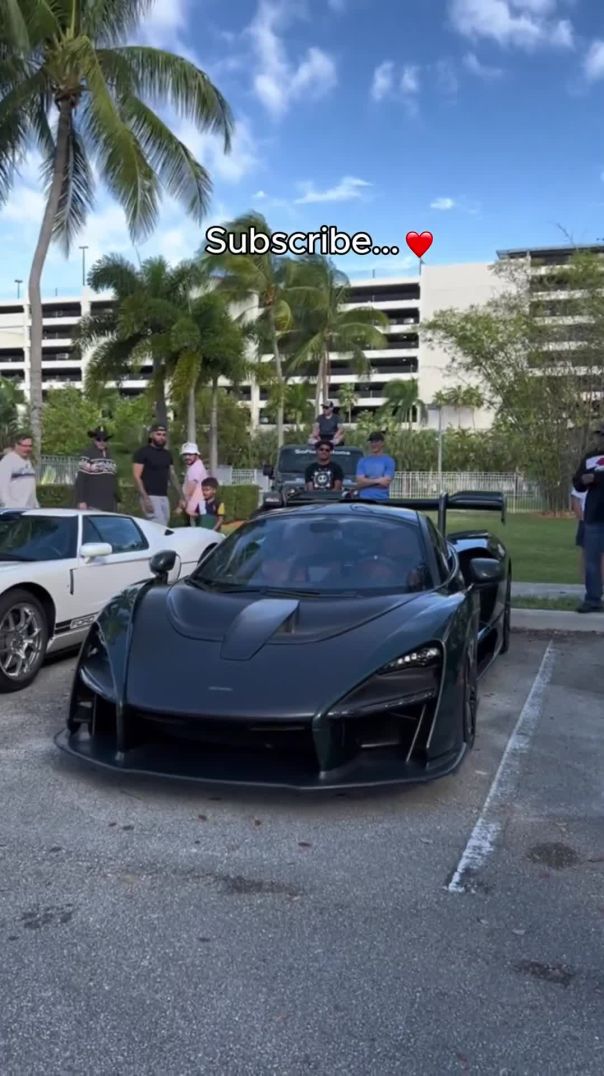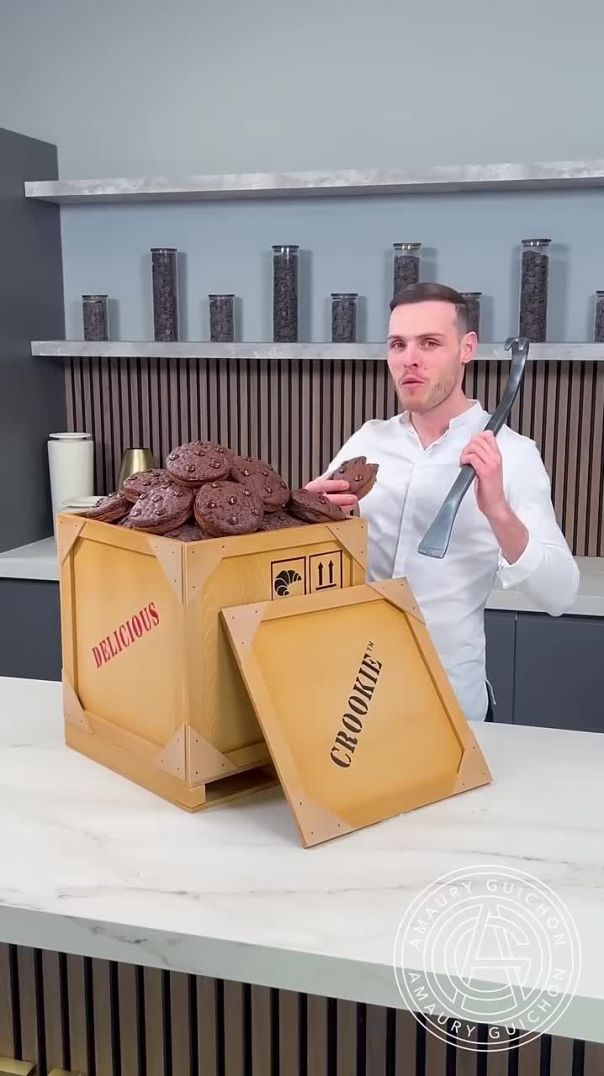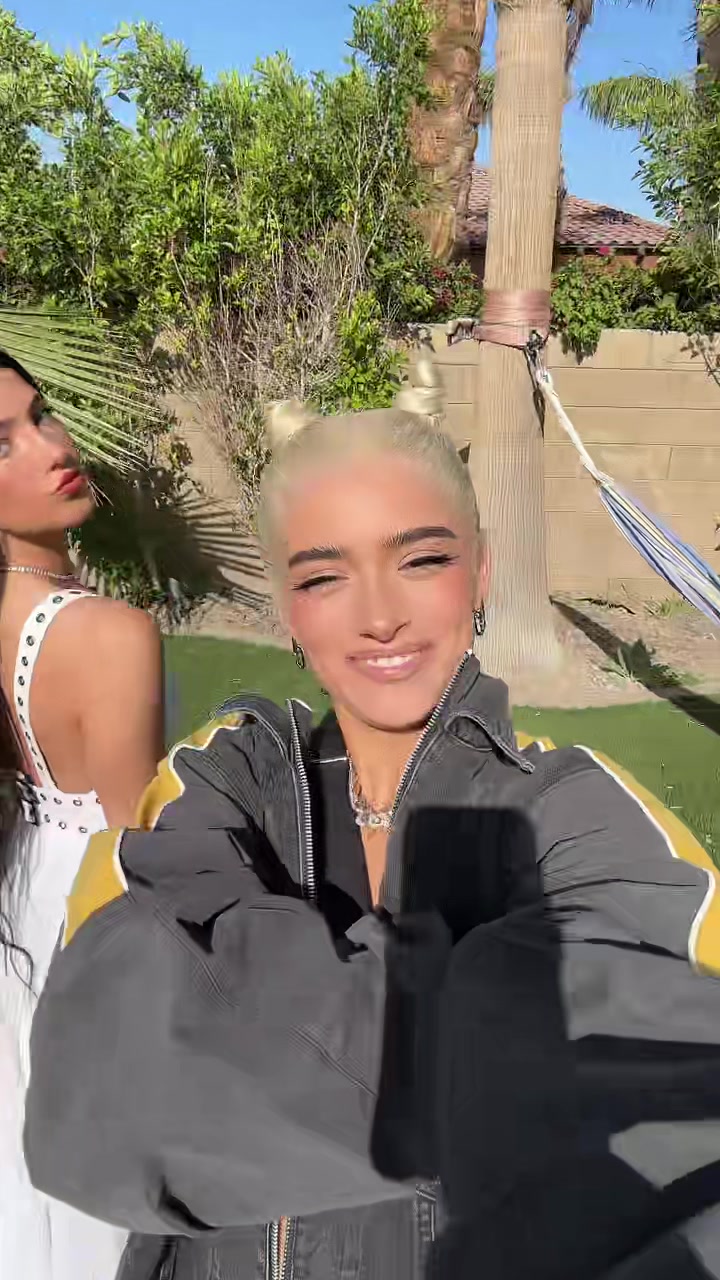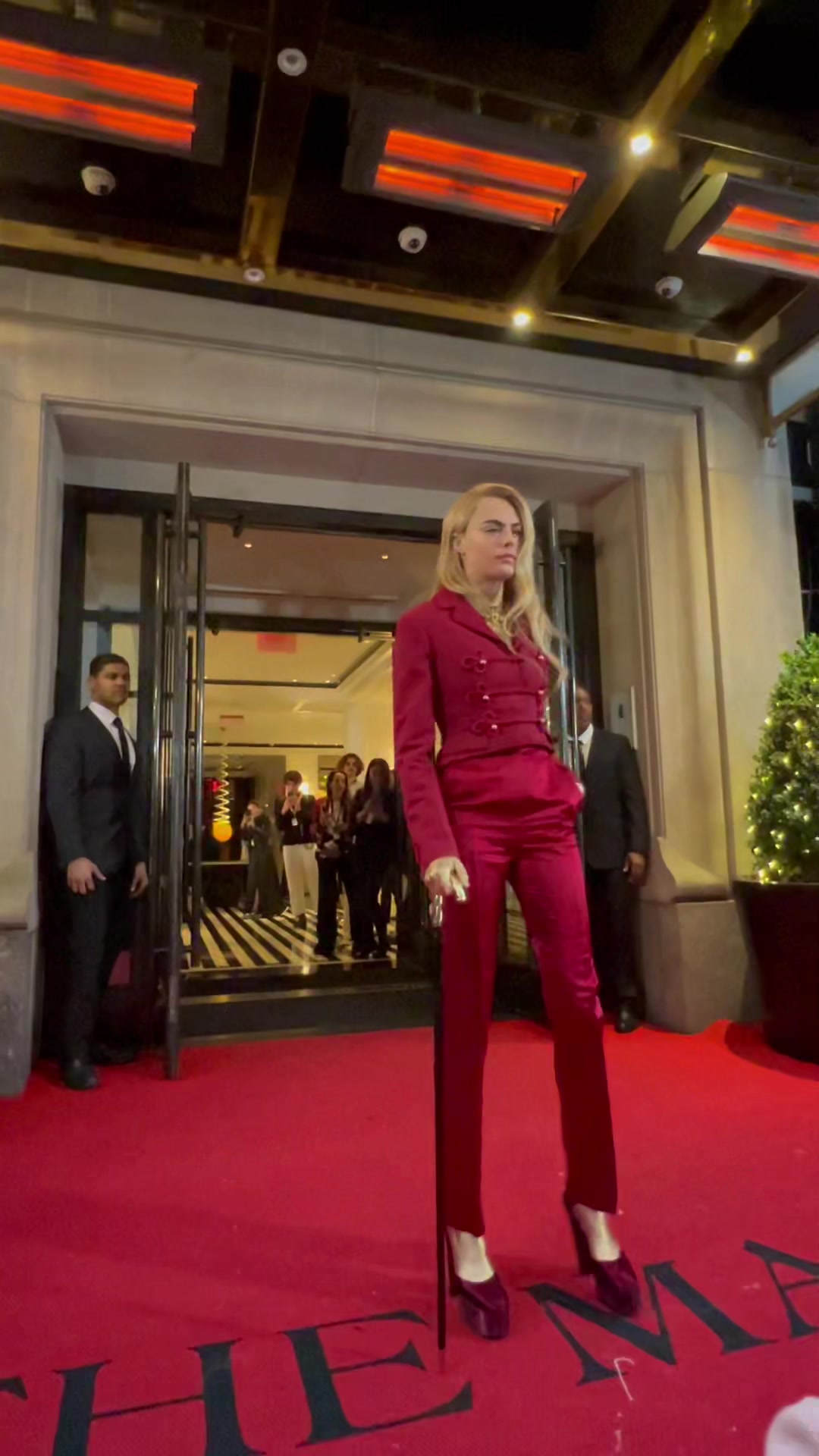5 Views· 12 November 2022
English Listening Practice: Improve your vocabulary!
Want to practice your listening and learn some new vocabulary? In this video, you will play an English listening game. First, I will teach you some new vocabulary and review English prepositions which we will use in our fun listening practice. Next, you will listen to me describe a picture and you will draw the picture. At the end of the lesson, you can see how well you listened to my instructions. Are our pictures the same or different? You can listen to this video as many times as you like to get more practice and you can play this listening activity with your friends or classmates. Try my quiz at the end to see how many new words you remember. https://www.engvid.com/english....-listening-practice-
TRANSCRIPT
Hello. My name is Emma, and today we have a great lesson plan for you. In today's lesson we are going to practice listening. Okay? We're going to practice listening, and we're also going to learn some new words, we're going to learn about shapes, as well as prepositions. Okay? So, in this video you will also get to do a listening activity and I'll explain a little bit about that in a moment.
So first we are going to learn shapes, and these are some examples of shapes, then we are going to learn about prepositions. You might be wondering: "What is a preposition?" Well, a preposition is a short word like: "on", "above", "below". And after that we're going to do a listening activity where you're going to listen to me describe shapes and prepositions. For the listening activity you will need two things: A piece of paper and a pencil or a pen. This is an active video so you will actually be doing something while watching.
Okay, so let's get started on shapes. So I have here some major shapes in English. We have a triangle, we have a circle, square, a heart, and this one is a star. In our listening activity later, you will be drawing a triangle, a circle, a square, a heart, and a star. Okay? So these are the words we'll be using in this video. We will also be using some prepositions. So a preposition is a short word that shows the relationship between two things. So that's confusing to a lot of students.
An easier way I like to think about prepositions is they can... They can describe where something is. Okay? So they often answer the question of: Where? So, for example, I have here our triangle and our circle, and I have the preposition "on". So if we look at this, I could say: "There is a triangle on a circle." So: "There is a triangle on a circle." So we will be using the preposition "on" later in our listening activity. We also have "inside". "There is a triangle inside a circle." Another preposition is "outside". We can say: "There is a triangle outside the circle." So, here, the triangle is inside, whereas here the triangle is outside. So these are very common prepositions we use when describing where something is. Okay, we also have "above". So, "above" is a little bit different than "on". If you notice the circle, the triangle is on the circle, meaning it's touching, whereas when we're looking at "above" it can be touching, but it can also be just above. So it can touch or it can also just be above. So, for example, we have a triangle above a circle. Okay, now we have "below" and "under", two more common prepositions which we usually use in the same way. So we have here the circle. We can say: "There is a circle". Or actually we can say: "There is a triangle below the circle." Or: "There is a triangle under the circle." Okay?
And now we have "to the right". We can say: "There is a triangle to the right of the circle." So notice how they're beside? This side is to the right, whereas this side is to the left. So if we look at the triangle, the triangle is beside the circle and it's also to the right of the circle. Now, compare this to "to the left". We have a triangle and a circle, and we can say: "The triangle now is to the left of the circle." Okay? So these two are opposites: "to the right" and "to the left". So these pictures help you understand these prepositions, which answer the question of: Where? So, again, we have: "on", "inside", "outside", "above", "below/under", "to the right", and "to the left".
Okay, now, for the listening activity we are about to do, there are three more expressions that you will need. You will need to know: "in the center". Okay? So if I'm looking at this board, about here is in the center. Okay? So I can say: "My finger is in the center of the board." I can also say about corners. We have a corner, a corner, another corner, and another corner. Okay? So those are called corners. If I'm looking at my piece of paper from earlier, we have a corner here, a corner here, a corner here, and a corner here. So, what I can say is... If I ask you to draw something, I might tell you to draw something in the top corner, which might be here.










![Lil Uzi Vert - Light Year (Practice) [Official Audio]](https://i.ytimg.com/vi/_7nCyNDcxvQ/maxresdefault.jpg)
















0 Comments